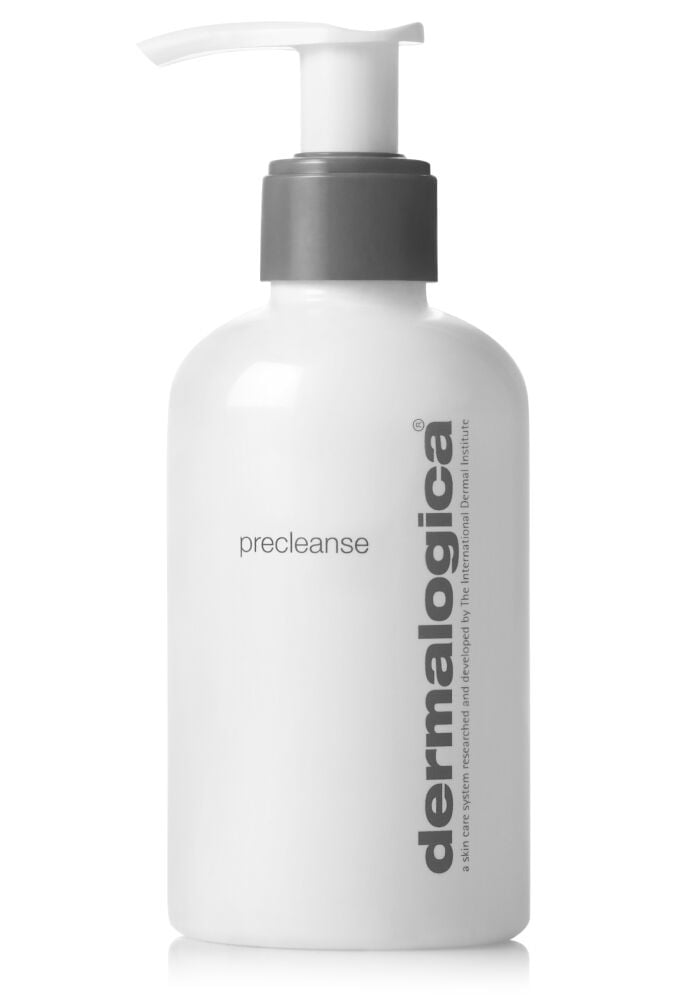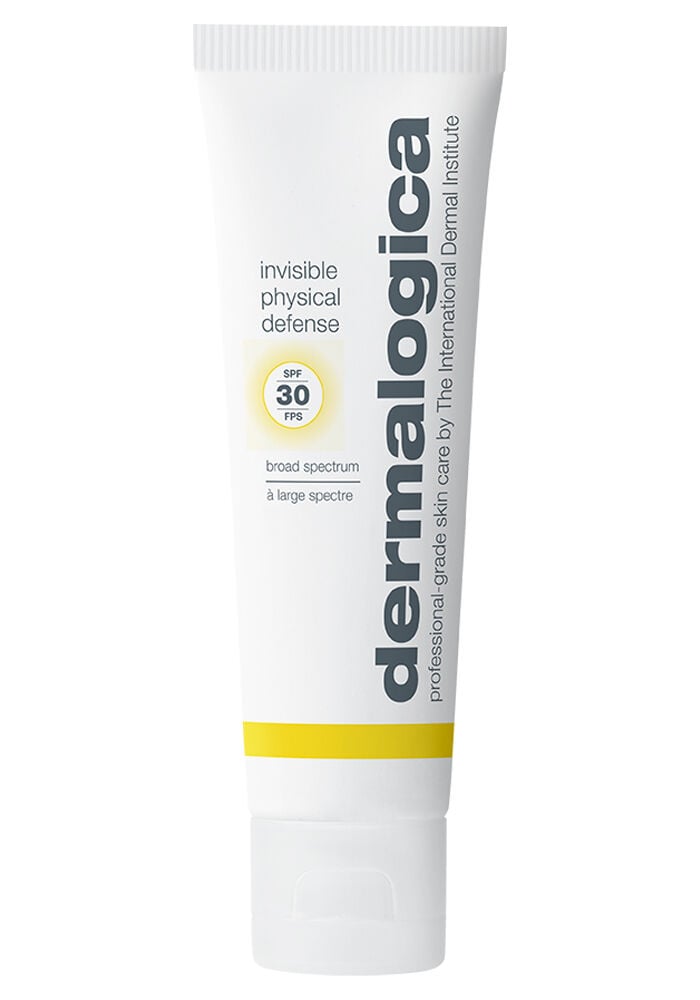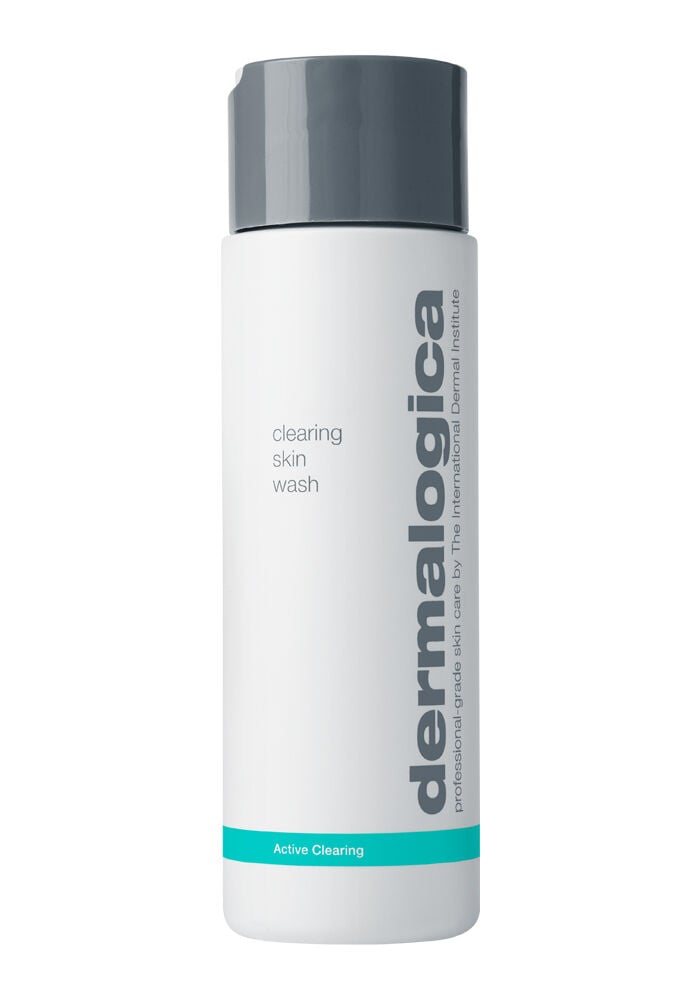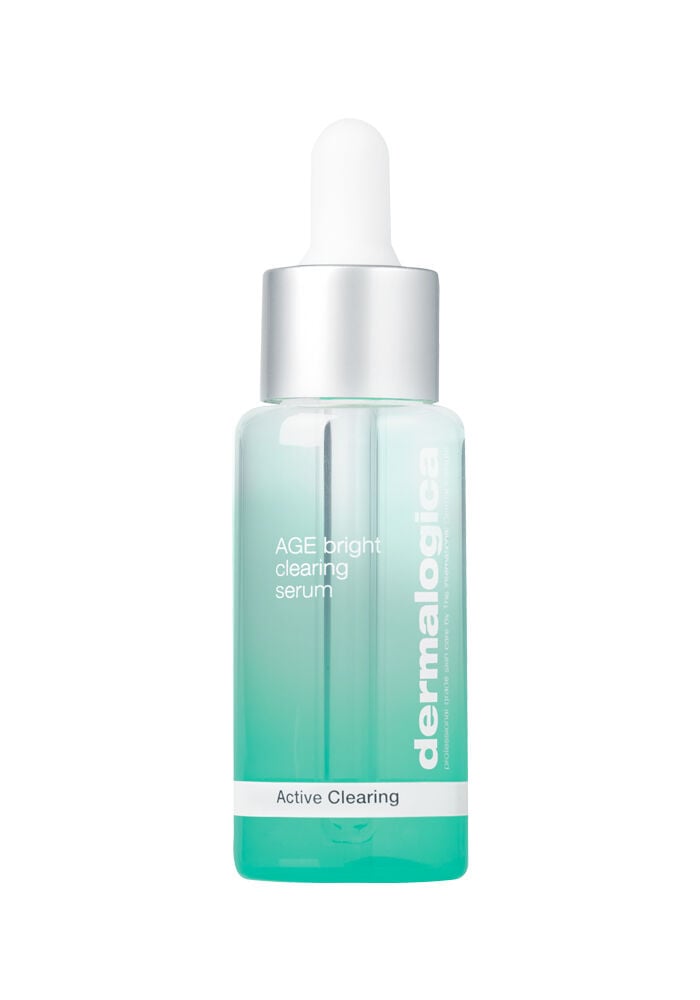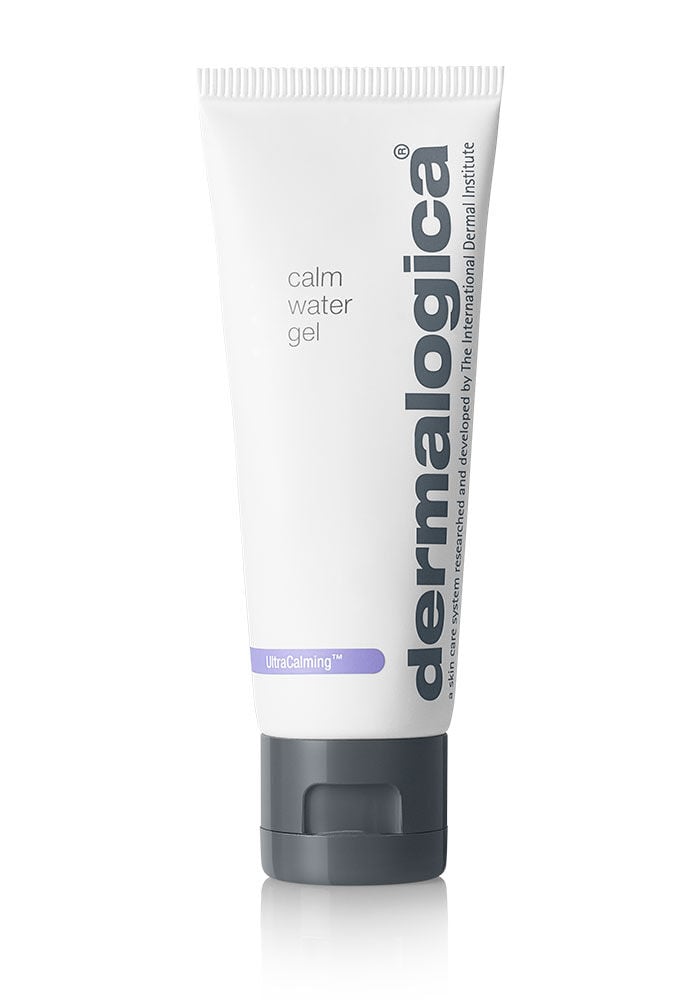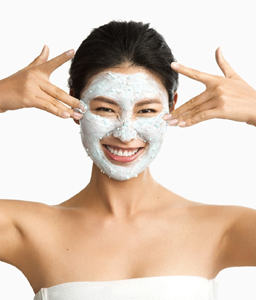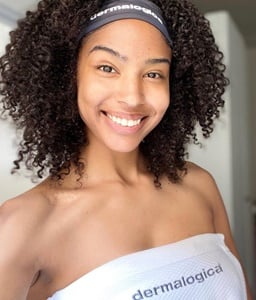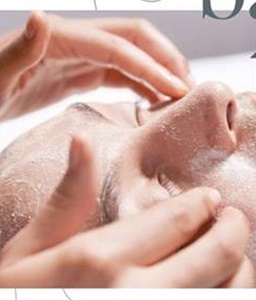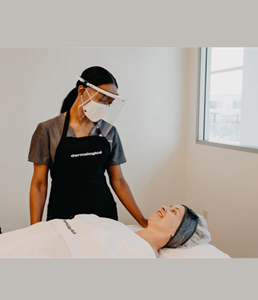
With June being Acne Awareness Month, is there a more opportune time to be talking about maskne? Because maskne is the new acne, and it’s a real thing. According to Dermalogica Eduator Whitney Snyder, mask-ne is the name given to irritation and breakouts that occur on the skin around areas of your face covered by protective face masks. “Breakouts under face masks are caused by the same core factors as all acne, namely excess oil, excess skin cells and p. acne bacterium triggered by hormones and stress. True inflamed breakouts have pustular build up caused by bacterial growth and our body’s natural defenses system,” says Snyder. “What many people experience under masks, but confuse for breakouts is irritation which can look like small red bumps with no bacterial build up and no pus. These small bumps can be caused by friction or irritation from wearing protective masks which breakdown our skin’s barrier.”
To help your clients (and yourself), here are some tips to share with them for reducing and treating maskne:
- Wear a clean mask daily
- Avoid wearing makeup under your mask
- Avoid touching your face
- Wash your hands often
- Wash your face as soon as you take off your mask
- Treat areas of breakouts or sensitivity with professional skincare products
- If you see pustular, inflamed breakouts or surface congestion, use Dermalogica Age Bright Clearing Serum to help treat active breakouts and bring down irritation.
- To protect and soothe irritated skin, use products like Dermalogica Redness Relief Essence and Dermalogica Calm Water Gel to help treat irritation and replenish barrier hydration.
And here are some other reasons why your clients may be suffering from breakouts:
Chronic Stress
Acne is one of the first signs of a chronically-stressful lifestyle. Adult acne is particularly common among women, who are twice as likely to suffer from severe stress and anxiety as men. Chronic stress triggers an increase in stress-related hormones, which send skin’s sebaceous (oil) glands into overdrive and slow down cell turnover, creating the perfect conditions for acne breakouts. Stressed skin also tends to look tired, uneven, and prematurely-aged. To reduce the effects of stress on skin, start with deep, slow breathing, which helps decrease tension and anxiety. Also, incorporating preventative measures into a skin care routine such as exfoliation and a weekly masque helps reduce congestion.
Hormonal Fluctuations
Research has linked the sebaceous glands to the endocrine system, referring to the former as the “brain of the skin.” Stress plays a significant role when it comes to hormones. When the body produces excessive amounts of hormones such as cortisol and adrenaline, adrenal glands produce less progesterone, which is a natural anti-anxiety substance. This hormonal shift can lead to an internal imbalance, which may lead to breakouts. In addition to reducing chronic stress, it may be helpful to track when experiencing breakouts.
Polluted Environment
UV rays and seasonal changes can stimulate cell production, sebum and blood flow, and exacerbate acne symptoms. This is especially worse for people who work in areas with high heat and humidity, like kitchens and industrial settings. But to help protect the skin from UV light and get a lasting matte finish, apply an SPF moisturizer like Dermalogica Invisible Physical Defense SPF30 every day.
Lifestyle Habits
Smoking, under-cleansing, wearing tight or itchy clothing, taking certain medications, all of these are lifestyle habits that can affect the severity of one’s breakouts. Certain make-up, hair and skin care products can also contain pore-clogging ingredients that can trigger or exacerbate acne. To help keep pores clear, double cleanse daily with Dermalogica PreCleanse and Dermalogica Clearing Skin Wash. Picking or squeezing breakouts at home can do more damage than good. Picking at a breakout risks adding new bacteria to the area and damaging the skin. This could cause even more breakouts and skin-aging inflammation, or a scar. Instead, have clients apply a highly-active breakout clearing product like Dermalogica AGE BrightSpot Fader or Dermalogica Overnight Clearing Gel to the area and wait it out.
Sugar Consumption
Eating lots of sugary, refined foods could contribute to breakouts by triggering more oil production in the skin. Stick to whole grains, vegetables and antioxidant-rich foods to help encourage clear skin.


